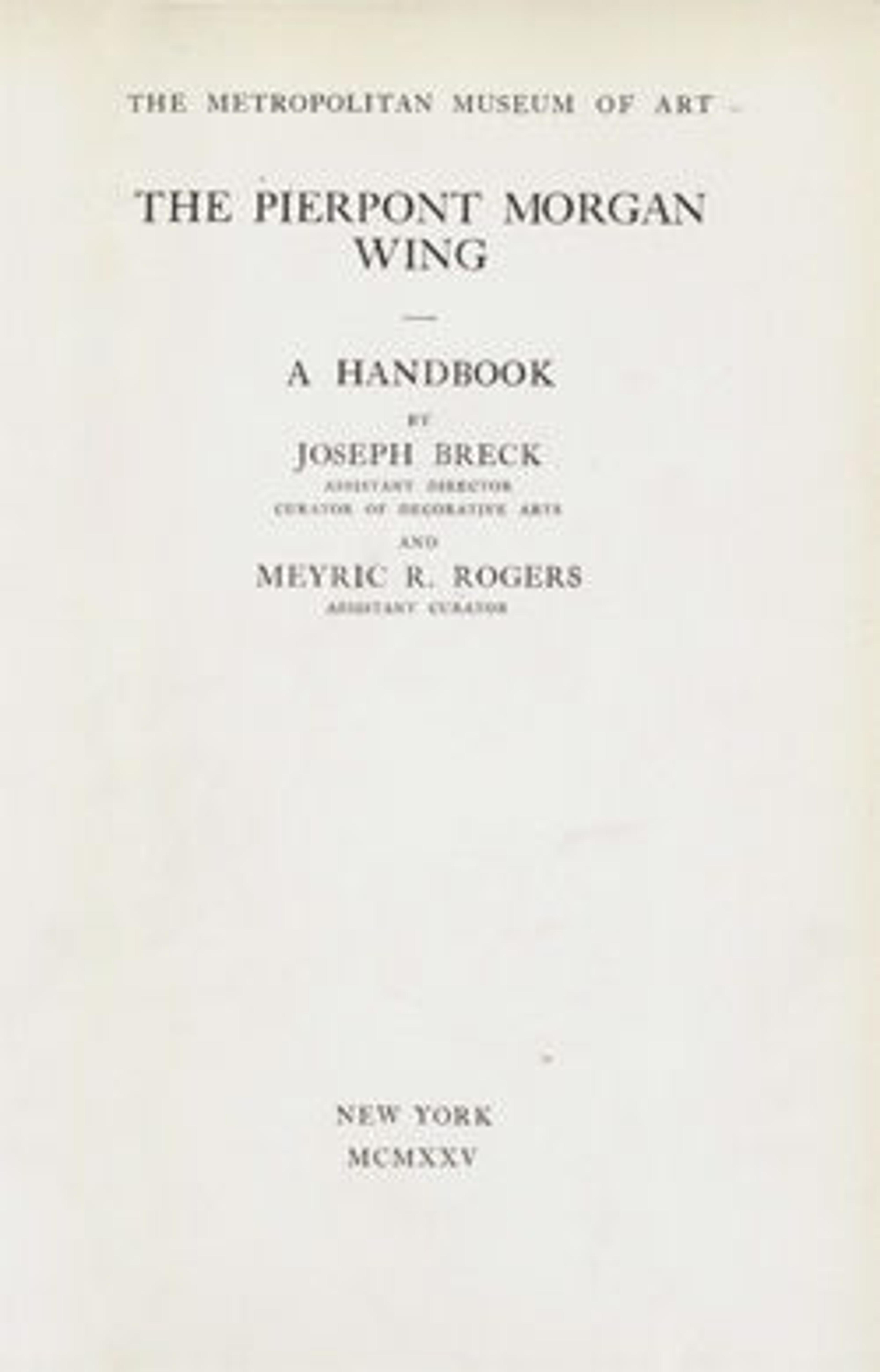Enthroned Virgin and Child
This monumental ivory carving is one of the largest to survive from the later Middle Ages. Weighing nearly eleven pounds, the sculpture retains much of its original paint. The tender depiction of the infant Jesus touching the chin of the Virgin as she plays with his foot is of Byzantine origin.
Artwork Details
- Title:Enthroned Virgin and Child
- Date:ca. 1275–1300
- Culture:French
- Medium:Elephant ivory with traces of paint and gilding
- Dimensions:Overall: 16 x 5 1/8 x 4 3/8 in. (40.6 x 13 x 11.1 cm)
10.5lb. (4762.8g) - Classification:Ivories-Elephant
- Credit Line:Gift of J. Pierpont Morgan, 1917
- Object Number:17.190.296
- Curatorial Department: Medieval Art and The Cloisters
More Artwork
Research Resources
The Met provides unparalleled resources for research and welcomes an international community of students and scholars. The Met's Open Access API is where creators and researchers can connect to the The Met collection. Open Access data and public domain images are available for unrestricted commercial and noncommercial use without permission or fee.
To request images under copyright and other restrictions, please use this Image Request form.
Feedback
We continue to research and examine historical and cultural context for objects in The Met collection. If you have comments or questions about this object record, please contact us using the form below. The Museum looks forward to receiving your comments.
